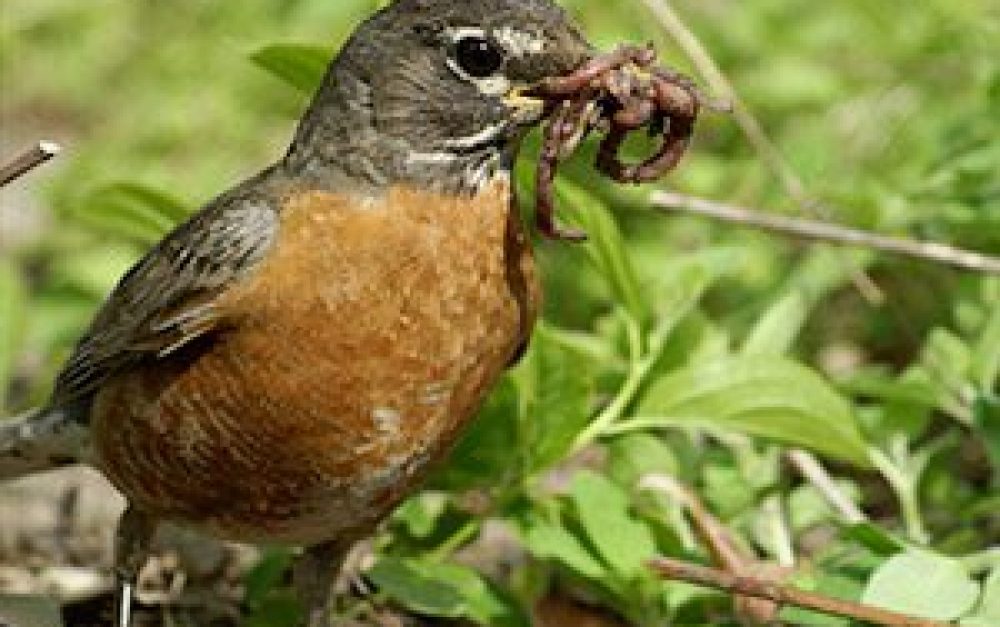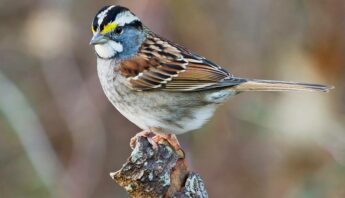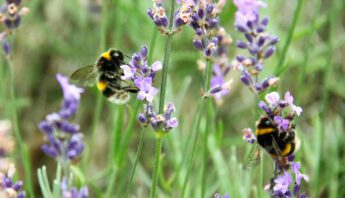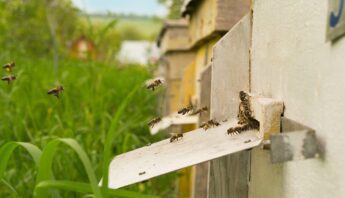Neonicotinoids have been in the news a lot in recent months, and are now widely recognized as a class of insecticides contributing to the dramatic declines in honey bee populations.
Last week, a researcher out of the University of Stirling in the UK released a new study examining other ways “neonics” are impacting the environment. It turns out that the harmful effects of these insecticides are widespread — from birds to earthworms, mammals to aquatic insects.
Neonics now comprise about 1/4 of all insecticide use, and are commonly used in the U.S. as a seed coating to protect seeds from pest damage. Professor Dave Goulson’s review confirms that neonic dust released during sowing can be harmful to foraging honey bees.
A growing body of scientifc evidence clearly shows that while neonics are not the only driver of honey bee decline, they are a key contributing factor.
Birds, mammals & worms
Goulson highlights evidence that the environmental impacts of neonics go well beyond honey bees, including mortality in birds, mammals and a variety of non-target insects.
The researcher cites a U.S. study from 2012, where soybean test plots planted with neonic seed dressing and untreated seeds were compared. No difference in yield was found during the two year study, but beneficial natural enemies of the soybean aphid were depressed in the treated plots, which suggests that the seed treatment cost is not recouped — affirming evidence from at least three other studies.
Evidence on the persistence of neonics in soil and water varies widely. For instance, estimated half-lives in the soil for one commonly used seed treatment (imidacloprid), range from 28-1250 days.
Organisms in the soil can be subjected to doses over long periods of time.
Given the persistence and unpredictable nature of neonic half-life in soil, it's clear that non-target plants are exposed to the insecticides in environments where they are applied. Though data are sparse, the evidence that does exist — such as maple trees being protected against insect pests for four years after a single neonic application — suggests that persistence in plants does occur.
This means that soil accumulation of neonics can pose a real problem, especially at the upper end of the range. Organisms in the soil (including beneficial critters) can be subjected to doses over long periods of time, and can be exposed to a wide range of mixtures and fluctuating concentrations.
Studies have also shown neonic sensitivity in non-target insects, birds, molluscs, annelids (worms) and crustaceans. Worms play a vital role in soil health. In the UK, declines of bees, butterflies, moths, carabid beetles and birds have all been reported, especially in farmland. Similar declines have been reported across Europe. The cause of these declines are not known, but Goulson points to neonics as a potential driver.
Progress! But not in U.S. — yet
The European Union recently placed a two-year moratorium on use of some of the most harmful neonics. But here in the U.S., regulators have yet to recognize the urgency of the problem — and aren't scheduled to complete their neonic review until 2018.
Beekeepers in the U.S. have reported bee losses this year of up to 40%, which means that we need action now. A recent Boston Globe article highlighted beekeeper collaboration with a Harvard University researcher to further explore the role neonics play in the dramatic honey bee losses.
Last week was pollinator week, a nationwide opportunity to highlight the value of bees and the challenges they face. Europe is following the evidence and has taken action to protect pollinators and other organisms from neonics. Beekeepers — and our food system — deserve the same protections here in the U.S.







